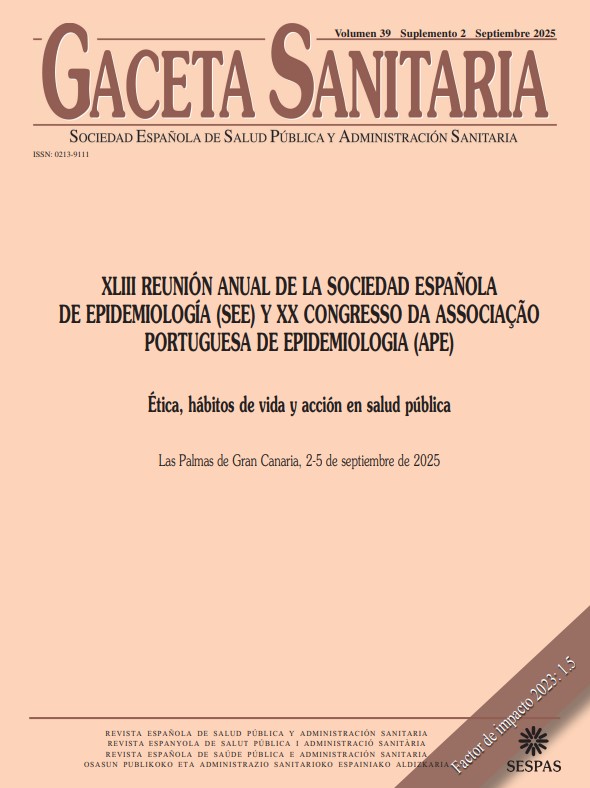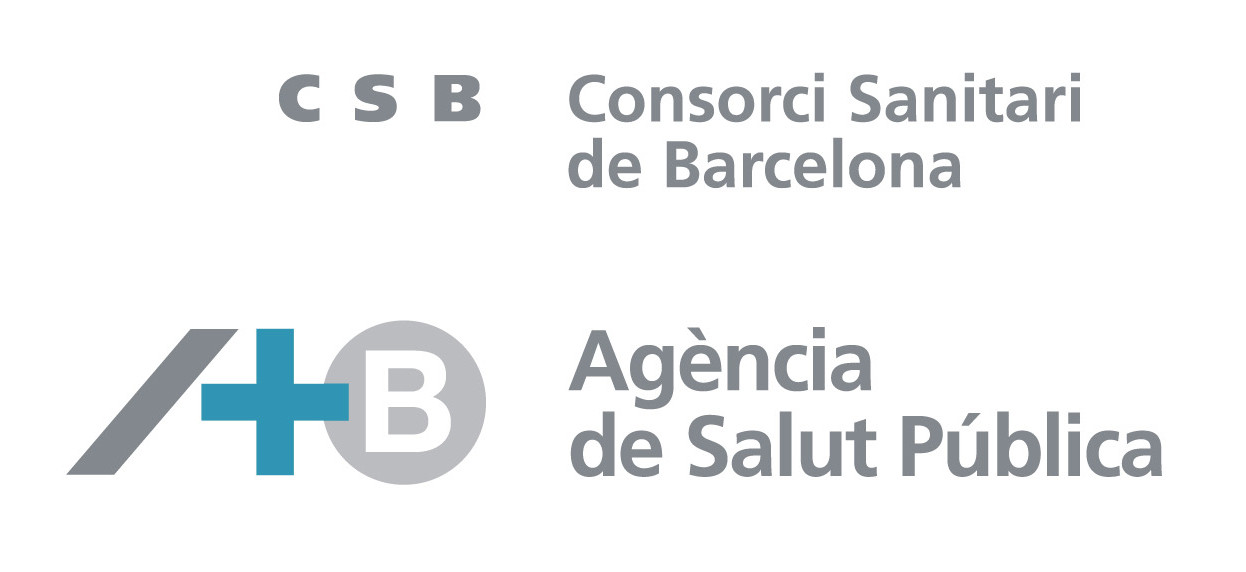431 - THE RISE AND FALL OF SARS-COV-2 RAPID ANTIGEN SELF-TESTS AT PRIMARY CARE LEVEL: A PORTUGUESE CASE-STUDY
Department of Epidemiology, National Institute of Health Doctor Ricardo Jorge, Portugal; Comprehensive Health Research Center, NOVA National School of Public Health, NOVA University of Lisbon.
Background/Objectives: SARS-CoV-2 rapid antigen tests (RAT) are widely available, allowing individuals to detect a SARS-CoV-2 infection prior to or during consultation with a healthcare professional. Self-testing may affect the health seeking behaviour and the general practitioner (GP) consultation practices and represent a selection bias in primary care vaccine effectiveness (VE) studies. The aim of this study was to describe the use of RAT within those patients selected for a COVID-19 VE study at primary care in Portugal in the 2022-23, 2023-24 and 2024-25 seasons.
Methods: Data from a primary care VE study (VEBIS Primary Care study) was used, and included patients aged 60+ with acute respiratory infection (ARI) that consulted a GP (September 2022-March 2025). Data covered demographics, vaccination, self-test use, laboratory results (SARS-CoV-2 RT-PCR Positive: Cases/Negative: Controls) and comorbidities. Descriptive analysis compared patients who had a RAT with those who did not.
Results: Of the 382 patients included (47 cases, 335 controls), 67 (40%), 53 (43%) and 10 (11%) performed a RAT in the 2022-23, 2023-24 and 2024-25 seasons, respectively. Patients who had a RAT were predominantly female (72%, 57%, and 90%) and aged 60–79yo (94%, 62%, 70%). RAT positivity increased across the seasons (6%, 25%, 80%). Those who underwent a RAT had a lower SARS-CoV-2 positivity rate in 2022-23 (10 vs. 14%) but higher in 2023-24 (23 vs. 14%) and 2024-25 (10 vs. 4%) than those who did not took a RAT. Similarly, a lower prevalence of chronic conditions (64 vs. 79%) was observed in 2022-23 but higher in 2023-24 (85 vs. 84%) and 2024-25 (100 vs. 82%). Seasonal COVID-19 vaccination rate was lower in 2022-23 (39 vs. 53%) and 2023-24 (30 vs. 33%) but higher in 2024-25 (30 vs. 26%) season for those who took a RAT. In the 2022-23 and 2023-24 seasons, the highest number of RAT was performed during the months with the highest incidence of ARI. In 2024-25 season, self-testing was lower and did not overlap with trends of ARI cases and did not present differences throughout the season.
Conclusions/Recommendations: Results suggest that the potential negative association between vaccination and rapid antigen testing (unvaccinated patients were more likely to self-test) practically disappeared throughout the seasons. In the present season, the use of RAT decreased and their use does not reflect the notification of ARI cases, that is, in periods with a greater number of cases there is no increase in RAT use. However, the small sample size limited further analysis, highlighting the need for larger studies with VE estimates stratified by self-testing.
Financiación: VEBIS Lot5 (ECDC/2021/019).















